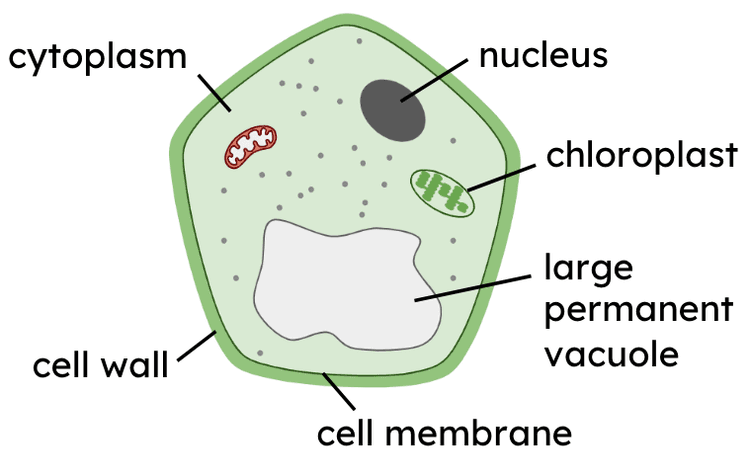Myths about teaching can hold you back
- Year 10
- Edexcel
- Foundation
Moving into and out of the blood: diffusion, osmosis and active transport
I can explain how particles of substances move into and out of the blood by diffusion, osmosis and active transport.
- Year 10
- Edexcel
- Foundation
Moving into and out of the blood: diffusion, osmosis and active transport
I can explain how particles of substances move into and out of the blood by diffusion, osmosis and active transport.
These resources were made for remote use during the pandemic, not classroom teaching.
Switch to our new teaching resources now - designed by teachers and leading subject experts, and tested in classrooms.
Lesson details
Key learning points
- Particles of substances move into and out of the blood through selectively-permeable cell membranes.
- Oxygen, carbon dioxide and other small particles move into and out of the blood by diffusion.
- Water moves into and out of the blood by osmosis, a type of diffusion.
- The net movement of particles by diffusion and osmosis is down a concentration gradient.
- Large particles are moved into and out of the blood by active transport, which requires energy.
Keywords
Selectively-permeable membrane - A membrane that will only allow some substances through and not others.
Diffusion - Diffusion is the net movement of particles from an area of higher concentration to an area of lower concentration.
Net movement - The overall movement of particles.
Osmosis - The net movement of water molecules from high to low concentration through a selectively-permeable membrane.
Active transport - The net movement of particles against a concentration gradient using energy.
Common misconception
Mistakes with the definitions of diffusion, osmosis and active transport are common, as are their application to biological scenarios.
The definitions are clearly stated and contextualised using key human biological processes and examples.
To help you plan your year 10 combined science lesson on: Moving into and out of the blood: diffusion, osmosis and active transport, download all teaching resources for free and adapt to suit your pupils' needs...
To help you plan your year 10 combined science lesson on: Moving into and out of the blood: diffusion, osmosis and active transport, download all teaching resources for free and adapt to suit your pupils' needs.
The starter quiz will activate and check your pupils' prior knowledge, with versions available both with and without answers in PDF format.
We use learning cycles to break down learning into key concepts or ideas linked to the learning outcome. Each learning cycle features explanations with checks for understanding and practice tasks with feedback. All of this is found in our slide decks, ready for you to download and edit. The practice tasks are also available as printable worksheets and some lessons have additional materials with extra material you might need for teaching the lesson.
The assessment exit quiz will test your pupils' understanding of the key learning points.
Our video is a tool for planning, showing how other teachers might teach the lesson, offering helpful tips, modelled explanations and inspiration for your own delivery in the classroom. Plus, you can set it as homework or revision for pupils and keep their learning on track by sharing an online pupil version of this lesson.
Explore more key stage 4 combined science lessons from the Transport and exchange surfaces in humans unit, dive into the full secondary combined science curriculum, or learn more about lesson planning.

Equipment
None required.
Licence
Prior knowledge starter quiz
6 Questions
Q1.What is the process by which cells release energy?
Q2.What are the reactants needed for cellular respiration?
Q3.What gas do red blood cells transport around the body?
Q4.Which part of the cell controls what enters and leaves the cell?

Q5.Which statement best describes diffusion?

Q6.Which type of blood vessels has a cell wall that is only once cell thick?
Assessment exit quiz
6 Questions
Q1.Which small particles move into and out of the blood by diffusion?
Q2.How does water move in and out of the blood?
Q3.Which particles are moved into and out of the blood by active transport?
Q4.True or false? Diffusion occurs down a concentration gradient.
Q5.Which of these processes require energy to take place?
Q6.Who best describes net movement?





